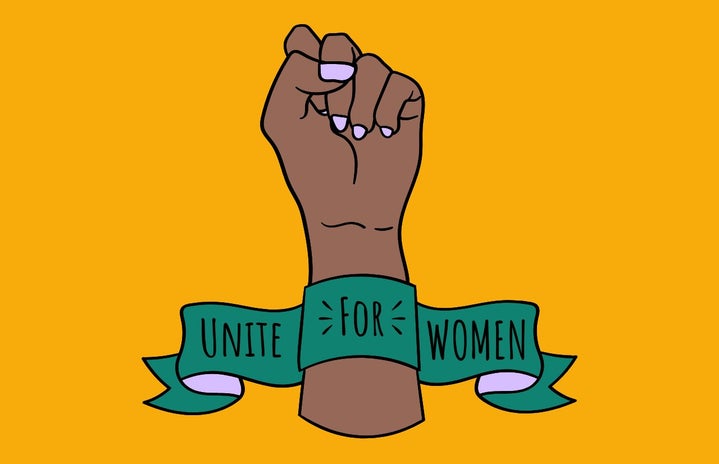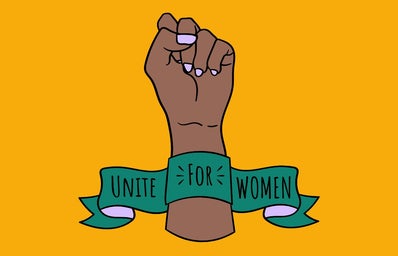Every year when March rolls around, I feel like it is a month of reflection and self-awareness. Not only is it Pisces season and the beginning of Springtime, but it is also Women’s History Month. To me, this month signifies all of the accomplishments women have made throughout history, as well as a testament to all of the changes will still need to work towards in our world. Celebrating Women’s History Month is not merely posting a picture of Susan B. Anthony on your Instagram story, and calling it a day – this is a month to understand the intersectionality of women’s fight toward equality, inclusivity, and diversity. Here are a few things that I have learned over the past year about women.
- Women Should Be Represented in Statues and Monuments
I was a student member of Marymount’s Sojourner Truth Suffrage Academy for the Politics and Human Rights Department. This was an eye-opening experience because I read so many books on the intersectionality of the women’s rights movement and I was able to reframe my thinking on the history of the movement and who was involved. For one of the events, the Academy welcomed the great-great-granddaughter of Elizabeth Cady Stanton, Coline Jenkins. Jenkins is a co-founder of The Elizabeth Cady Stanton Trust and one of the Trust’s efforts was to create a statue featuring real women in Central Park. The statue is of Sojourner Truth, Elizabeth Cady Stanton, and Susan B. Anthony.
After a few years of living in New York City and walking through Central Park, I had never noticed that all of the statues depicting women or girls were actually just fictional characters. Some of the statues were Alice in Wonderland, Mother Goose, and Juliet Capulet – they were all fictional characters. It took until 2020 for there to be a monument featuring real women who made huge changes in our world. It is important for women’s history to be depicted through monuments and statues.
- Women’s History is not a Monolith
Throughout college, I have read different histories of how the women’s movement started. My whole life I was taught only one viewpoint of the women’s movement in my high school history classes. Although the movement is often seen as very progressive and inclusive, there have been many moments throughout history where the leaders of the movement did take exclusionary tactics, and it was not fair to many women of color. The history of the feminist movement was influenced by women of color, Indigenous women, and white women, and all of those stories need to be taught in schools.
Here are some books that helped me gain a lot of insight on who started the movement and carried it out. The first one is “The Women’s Suffrage Movement” by Sally Roesch Wagner, which also includes a foreword by Gloria Steinem. Wagner’s work includes people and stories that have been overlooked throughout history, such as accounts from Indigenous women and African American suffragists. Another book is “Vanguard: How Black Women Broke Barriers, Won the Vote, and Insisted on Equality for All,” by Martha Jones. Jones gives an incredible and dense history of the political lives of Black women in America, highlighting how they had to start their own movement outside of the white women’s movement to gain equality. Lastly, the book “As Long As Grass Grows: The Indigenous Fight for Environmental Justice, from Colonization to Standing Rock,” by Dina Gilio-Whitaker. This book tells a story of activism within Native Nations and how Indigenous women have taken positions of leadership in activism.
Overall, I have learned that as much as it is important to celebrate the women in our lives throughout Women’s History Month, it is also important to challenge our knowledge of the movement and how our knowledge was produced. For me, I like to read diverse accounts of the movement and learn more about the women that are often overlooked. There are also amazing art exhibits featuring artists that are all women, such as at the Brooklyn Museum, that can help you learn more about the multi-faceted history. Perhaps you can read one of the books I mentioned or start questioning your knowledge of women’s history — Either way, this month is the perfect opportunity to learn more!


